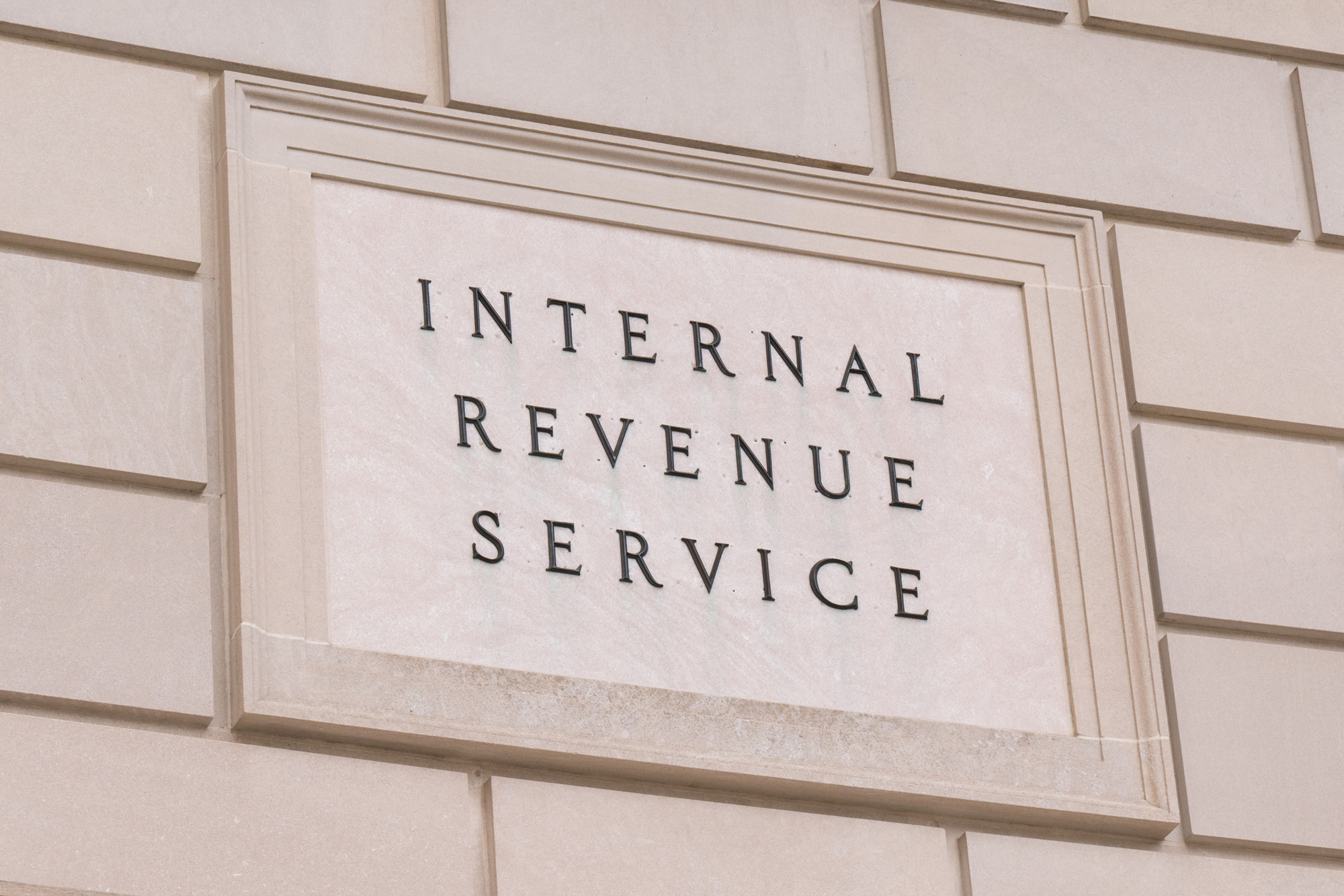
Description of Rule 145
What is 145 Stock?
Rule 145 applies to stocks or other securities which are issued to stockholders in connection with a plan of reorganization which has been submitted to the stockholders for their approval. Such types of reorganization include:
Reclassification
A reclassification of the securities of a corporation other than a stock split, reverse stock split or change in par value, which involves the substitution of one security for another;
Mergers or Consolidations
A statutory merger or consolidation, or similar plan of acquisition in which securities of one corporation become, or are exchanged for, securities of any other corporation (except where the sole purpose of the transaction is to change the issuer’s domicile);
Transfers of Assets
A transaction in which the stockholders of a corporation, which sells or exchanges its assets, receive stock in the acquiring corporation as a result of the sale or exchange. In a registered merger of two companies – “Company A” takes over “Company B” – there are three types of shares that can result: Clean shares, Rule 145 shares, and Rule 144 shares.
Clean Shares
A non-insider of Company B who has registered or non-registered shares in Company B, but does not become an insider of Company A gets clean shares. These shares are saleable in the open market with no restrictions.
Rule 145 Shares
An insider of Company B who has registered or non-registered shares in Company B but does not become an insider of Company A, gets shares subject to resale pursuant to Rule 145.
Rule 144 Shares
An insider of Company B who has registered or non-registered shares in Company B and becomes an insider of Company A, gets fully registered shares in Company A. These shares are “control shares” and are subject to sale under Rule 144 but are not subject to the two-year holding period.
